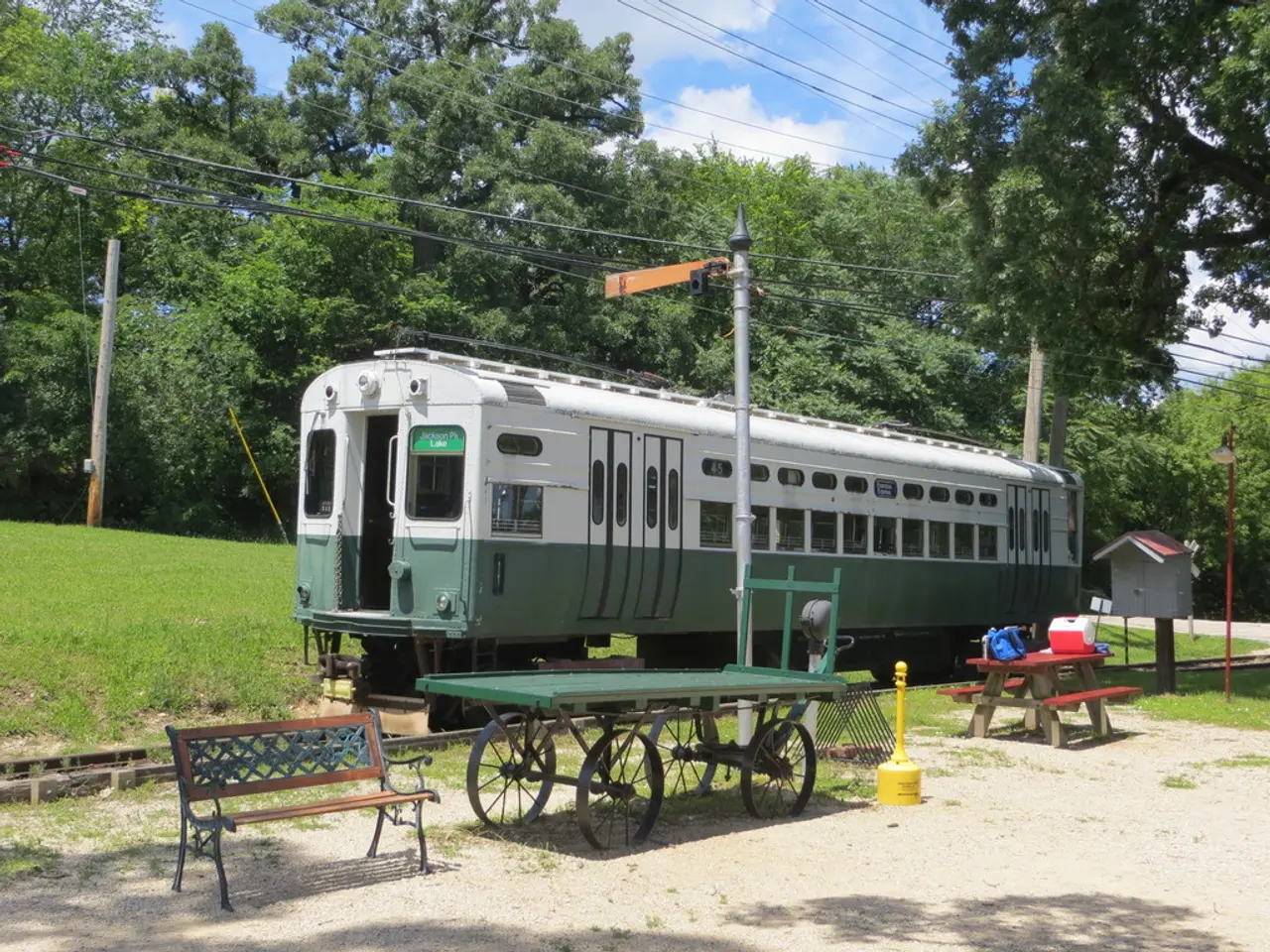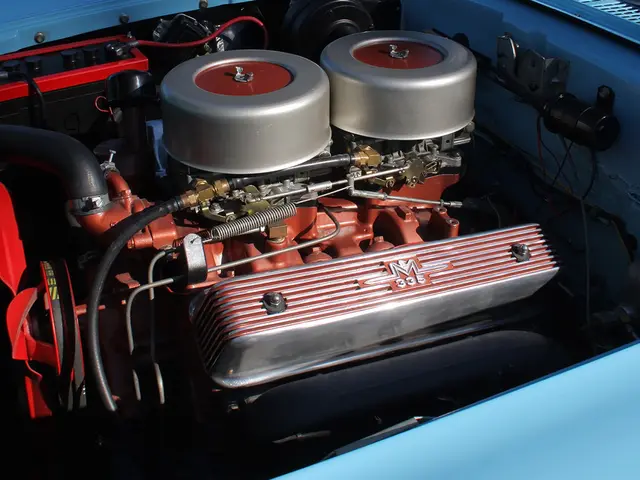Smart Investment: Construction Firms Should Opt for Compact Track Loaders
Compact Track Loaders (CTLs) have become indispensable tools in various industries, offering numerous advantages over their skid steer counterparts. The primary reason for this is the tracked undercarriage, which provides superior traction, stability, and versatility.
Key Benefits of Compact Track Loaders
- Superior Traction and Stability: The rubber or steel tracks distribute machine weight over a larger surface area, providing extra flotation and lower ground pressure. This makes CTLs ideal for navigating wet, slippery, or rough conditions where skid steers may struggle or get stuck.
- Increased Pushing and Dozing Power: CTLs deliver enhanced tractive effort, making them suitable for tasks requiring forceful material movement, such as grading and dozing.
- Reduced Ground Disturbance: Because weight is spread across multiple contact points, CTLs exert less ground pressure, minimizing soil compaction and surface damage. This is advantageous in landscaping and agricultural environments sensitive to disruption.
- Better Machine Stability: Tracks offer improved stability on slopes and uneven ground, lending to safer and more efficient operation in challenging terrain.
- Versatility with Attachments: CTLs use the same universal attachment plate as skid steers and support a wide array of accessories, allowing them to perform many tasks including grading, digging, lifting, and snow removal with attachments like blades and snow blowers.
Applications and Comparative Advantages by Sector
- Construction: CTLs excel on sites with muddy, sandy, or uneven ground, enabling operators to maintain productivity where skid steers would slow down. Their dozing capability makes them suitable for moving earth, backfilling, and site prep with advanced features such as grade control systems available on models like the John Deere 333G.
- Landscaping: Lower ground disturbance and better traction make CTLs ideal for lawns, garden beds, and soft soil areas where preserving turf is important. The ability to precisely grade and maneuver on delicate surfaces surpasses that of skid steers.
- Agriculture: CTLs handle wet fields, muddy farm lanes, and uneven terrain better, reducing soil compaction and maintaining field integrity. Their stability aids tasks like feed handling, manure management, and material transport on farms.
- Snow Removal: The flotation and traction of tracks allow CTLs to clear snow efficiently without sinking. With compatible snow removal attachments, CTLs can operate effectively in icy and snowy conditions, outperforming wheeled skid steers in maintaining control and effectiveness.
In conclusion, compact track loaders combine the utility of skid steer attachments with enhanced traction, lower ground pressure, and improved stability, making them particularly valuable in challenging terrain and sensitive ground conditions common in construction, landscaping, agriculture, and snow removal tasks. These machines enhance productivity, streamline operations, and maximize output, making them a worthy investment for businesses in these sectors.
Regular inspection and maintenance according to the manufacturer's schedule is crucial to ensure the track loader operates as expected, and properly maintained track loaders can complete over 10,000 hours of work. Learning more about compact track loaders can help business owners determine if they are the right choice for their next purchase. The wide field of view in the cabs of compact track loaders also reduces the risk of accidents.








